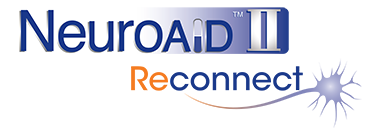There are various forms of rehabilitation that a patient may undergo. This includes:
- Physical Therapy: This is where physical therapists help with all forms of basic movements involving your limbs.
- Speech Therapy: This is where speech therapists train patients how to speak and overcome conditions like aphasia (loss of language use).
- Occupational Therapy: This is carried out by specialists who aid patients relearn fine motor skills for basic activities such as eating and writing alongside avoiding issues such as muscle spasticity.
These forms of therapy are undertaken over months and years to help patients regain normality in their daily lives.
Recently, therapists have undertaken newer methods to help improve rehabilitation. Some of these emerging types include:
- Music Therapy: Using songs and music to improve a patient’s long-term memory and improve speech patterns.
- Video Games: Video games are being used to help patients improve fine motor skills and learn basic hand-eye coordination patterns.
- Mirror Therapy: This tricks the brain into increasing neuroplasticity by performing a task with a functioning limb and repeating it enough times for nerves on the other side of the brain to start reconnecting based on what it sees.
New technologies such as Virtual Reality and Robots are also useful for rehabilitation. Trying innovative methods may improve the rehabilitation process and a patient’s long-term prognosis.









